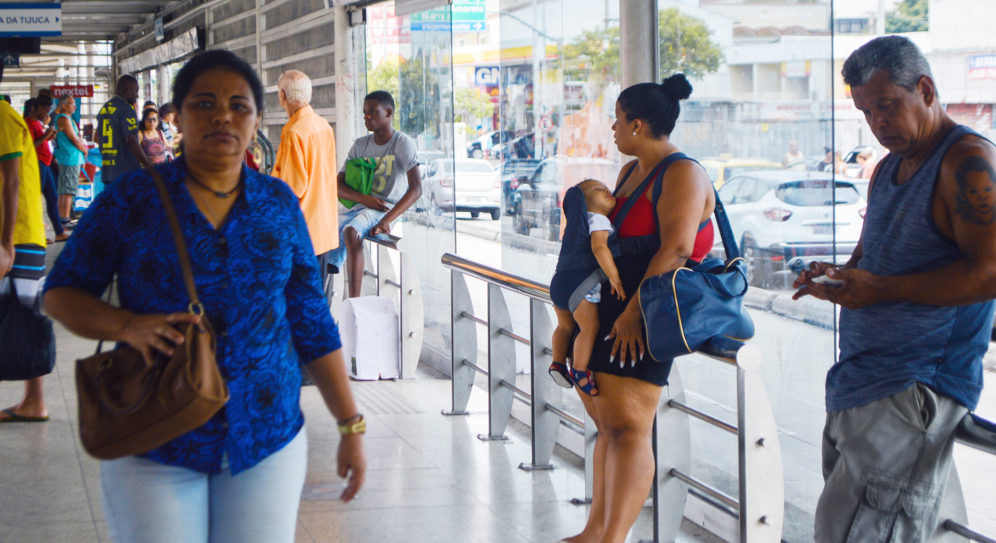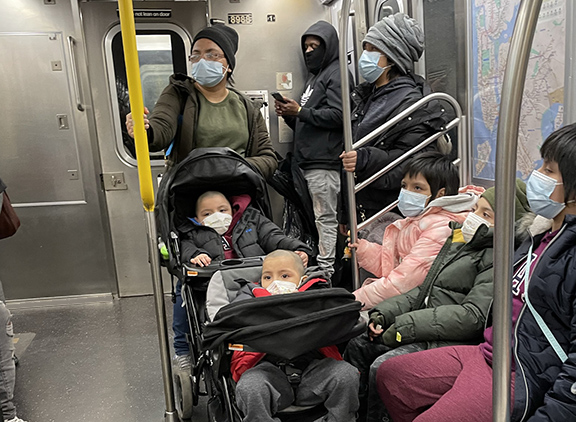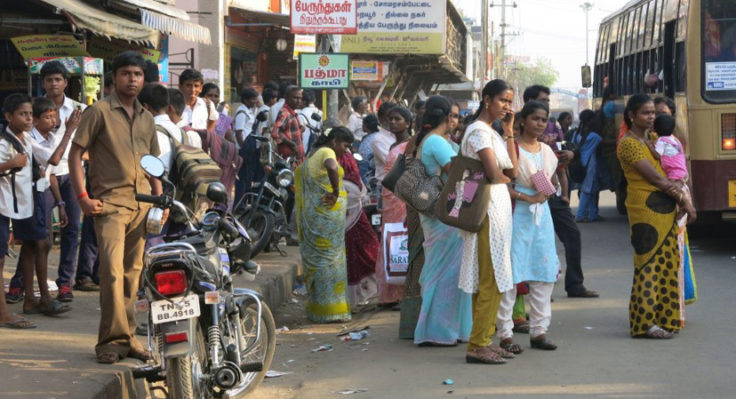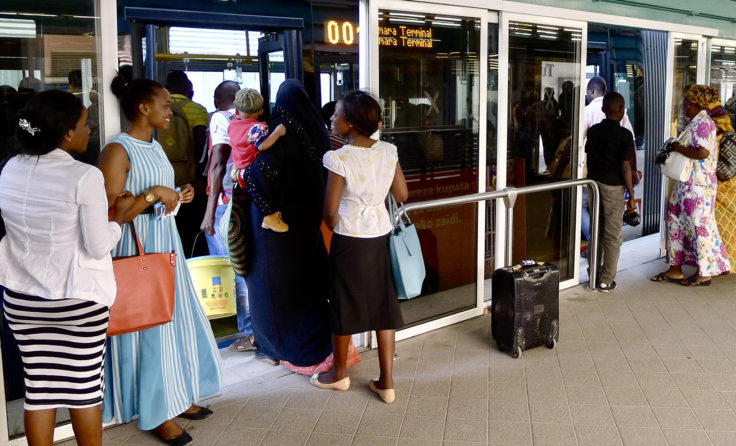
April 19, 2022
From Commuter to Care: Public transport’s role in creating the new normal
Before the pandemic, around the world, public transport was not working well for many people. When they could afford to leave public transport, they would. Ridership was declining in many places, especially for road-based public transport. For example, Brazil saw a 25.9 percent decrease in bus passengers between 2013 and 2017. In the United States, bus ridership declined every year from 2012 – 2018. Many city governments did not sufficiently invest in, or regulate well, public transport, often leaving it to the private sector to manage supply and fare revenue alone to cover the operational costs. This led to overcrowding, poor reliability especially in off peak hours, and low service quality.
During the beginning of the pandemic, however, public transport’s role in a city was elevated as an essential service for the functioning and wellbeing of the city, as it ferried essential workers to and from their jobs. Public transport became celebrated as the lifeline for the city. A new conception of public transport for the resilience and well-being of the city emerged, as did a new appreciation for caregivers and the demands of caregiving. For caregivers, childcare is a key enabler for their access to jobs and economic opportunities. During the pandemic, with the shuttering of child care services and the challenges of working from home, more women than men left the workplace. In the United States, women, particularly Black and Brown women, left the workforce at much higher rates than men: of the 1.1 million people who left the workforce in September 2020, 80 percent were women, and in December 2020, women accounted for 100 percent of the jobs lost. In surveys conducted by the World Bank in Latin America, female workers had been 44 times more likely than male workers to lose employment at the beginning of the pandemic.

The pandemic exposed fault lines in our systems: in our public transport systems and in our systems of care – fault lines we knew to be there, but did not have the will or capacity to fix. These include centering the non-disabled male commuter in transportation planning, overly relying on the private sector to fully provide a basic service, having a financial model where fare revenue was supposed to cover the full costs of operations, and using overcrowding as a basis for achieving that financial model. All of these things negatively affect caregivers and the ability to make care-oriented trips. All of these serve to make it harder to provide care, especially for young children.
Coming out of the pandemic and as we look to develop a new normal – a more sustainable, equitable, and resilient normal, public transport has the opportunity to truly become a public service – one that meets the needs of all.
One step towards that is to recognize the need for public transport to support care trips and caregivers mobility needs. And care trips are a significant number of total trips made in the city. For example, caregiving activities in Santiago, Chile, compose 47 percent of daily trips made, and in the United States, commute trips only make up 16 percent of all trips nationwide.

For public transport to support care trips, understanding the travel needs and characteristics of caregivers will illuminate how public transport needs to change to embrace a new normal, and that starts with understanding who are caregivers. While caregivers encompass a full spectrum of people and genders and can include family members like parents, older siblings, and grandparents, as well as friends and neighbors, globally, over 70 percent of caregiving work is performed by women or girls. While gender may be a starting point, understanding how race, income, ethnicity, ability, religion, age all intersect to contribute to different experiences will be critical to meeting the needs of all caregivers.
Caregivers travel is different from strictly commute-based trips, which typically are solo travelers taking the same trip every day during peak hours, usually just going from home to work and back again. Caregivers often are traveling with young children, making multiple stops in one trip, known as trip chaining, and are traveling with goods. They may travel in off-peak hours more often and go to non-commercial destinations, both of which will be less well served by public transport. Finally, caregivers make non-routine trips, so they have a greater need for good system information for trip planning to do so.

Transit provides access to services and opportunities that caregivers do not have available within their immediate neighborhoods. Transit is also a faster, and sometimes a more comfortable, way to reach destinations than walking, especially if walking conditions are poor or if they are traveling with young children. Taking transit can provide a space for caregivers to interact with their babies or toddlers, instead of focusing on navigating streets. A caregiver’s role as passenger versus pilot creates room and time to sing, read, and talk with accompanying children.

Public transit expands the possibility of reaching opportunities and destinations, but caregivers face many challenges with existing public transport systems and using those systems can be stressful experiences for them. The more stressful the trip, the less the caregiver can attend to those in their care. And for babies and toddlers, that interaction between themselves and their caregiver is one of the most important factors in their socio-emotional and cognitive development. Chronic stress from socioeconomic and environmental factors, including the experience on public transport and in the streets, will impede a caregiver’s capacity to care for babies and toddlers. The well-being of babies and toddlers rests on the well-being of their caregiver. The well-being of society fundamentally rests on the well-being of caregivers.

The ability of a caregiver to meet the needs of babies and toddlers is dependent on the design of our cities and neighborhoods and their mobility systems. To learn more about how to create a public transport system that works for caregivers, check out ITDP’s report, done in collaboration with the Bernard van Leer Foundation, Access and Babies, Toddlers, and Their Caregivers. This report details how safe, reliable, and affordable public transport, including informal options and intermediate public transport, is vital to increasing access to key services like childcare, medical services, and public spaces, as well as economic opportunities for caregivers.

Now as we contemplate new normals in the ongoing aftermath of the pandemic, and as we enter the unfolding climate crisis, we need to deliver a better public transport system that can be truly the sustainable and equitable backbone of the city and the critical lifeline for caregivers. This is a time of transition, and we get to decide what our new normal should be. Public transport is one lens to make that change. Our children’s future and our planet’s future depends on it, and that can happen if we shift from a commuter- to a care-oriented public transport system and society – one where people can experience joy and wonder with each other while moving their city.
